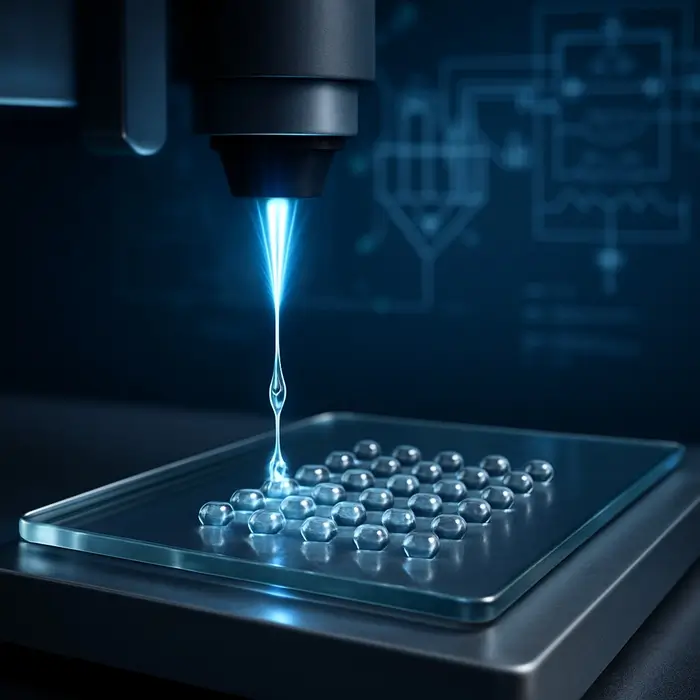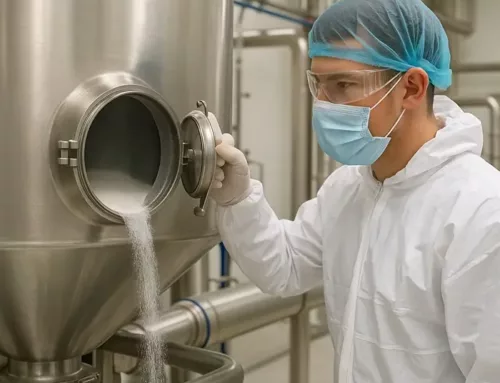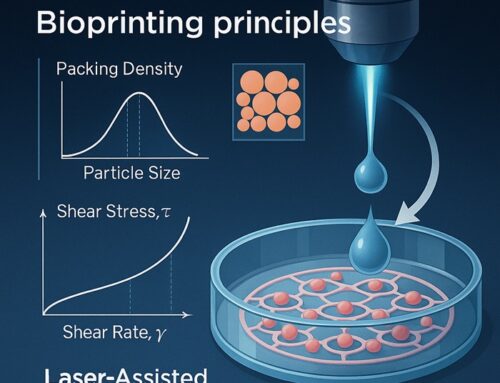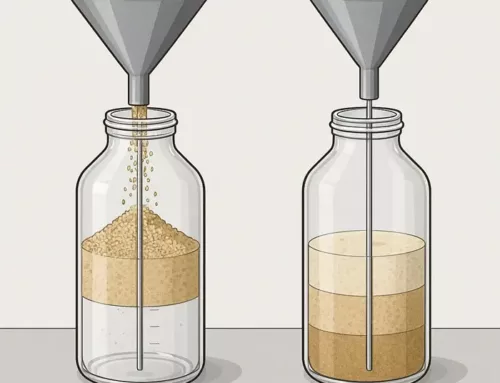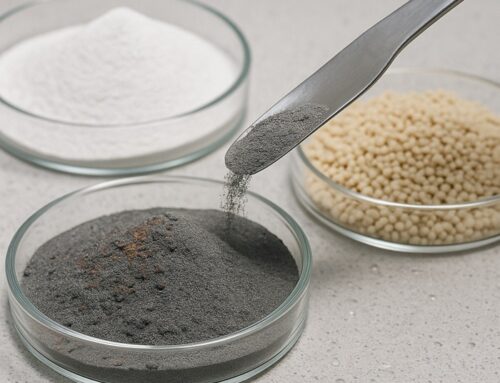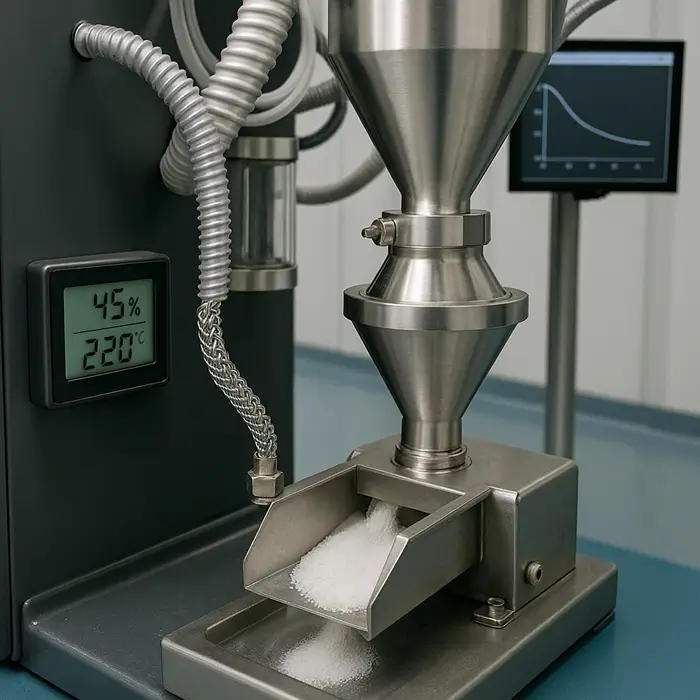
Charge Decay Time: The One Metric That Predicts Trouble
Electrostatic charge and its charge decay time drive clinging, bridging, and feeder drift. A single lab metric helps you flag that risk early. Measure the charge decay time after a defined charging step. Shorter decay times usually mean fewer handling issues.
The concept is simple. Expose a sample to a standard charging routine. Then record how fast the net charge drops toward baseline. Many teams report two values. First, the 50% decay time. Second, the fitted time constant τ from a simple exponential. Both values capture persistence, which matters more than the peak.
You can run this with common lab tools. A Faraday cup and a stable electrometer are enough. Good results demand strict environmental control. Humidity and temperature must remain steady.
Why Persistence Beats Peaks
Peak charge alone often misleads. A blend can spike high, then relax within seconds. Another can peak lower, then hold charge for minutes. The second case causes more plant pain. You see adhesion to liners and rat-holes. You also see noisy loss-in-weight signals. Decay time captures that persistence clearly.
This metric also speeds iteration. Teams align around one target number. You can try a tweak and see the impact within minutes.
A Practical, Repeatable Charge Decay Time Protocol
Keep the protocol short and strict.
-
Condition the sample. Hold material at fixed humidity and temperature. Log both before each run.
-
Standardize the charging step. Use a defined tumbling or pneumatic contact routine. Keep contact surfaces clean and grounded.
-
Measure charge-to-mass. Drop the sample into the Faraday cup. Record charge and sample mass to report nC/g.
-
Capture the decay curve. Record charge versus time until a stable baseline.
-
Compute the decay metrics. Report the 50% decay time and fit τ.
-
Repeat for confidence. Run at least three replicates per set point. Report mean and standard deviation.
Small choices matter. Use conductive scoops and grounded pathways. Avoid plastic funnels. Wipe the cup and re-zero between runs. Note any humidity drift during each run.
How To Interpret The Number
Context rules. Equipment, materials, and particle properties shape risk. Shorter decay times generally improve discharge and feeding stability. Define site-specific thresholds by correlation. Link decay metrics to hopper emptying, LIW stability, and stoppages. Keep those links in a living table.
Two lines help operators. First, the product and its target decay time at a given humidity. Second, the preferred contact materials along the route.
Why Humidity Works
Water at the surface increases conductivity. That thin film enables faster charge leakage. Decay times usually shorten as relative humidity rises. However, responses vary by material. Measure the effect before you lock a set point.
Fast Levers That Usually Help
You can move decay time without rebuilding a line.
-
Tune humidity empirically. Screen 30–60% RH in 5% steps. Pick the narrowest band that minimizes decay time and stabilizes feeding.
-
Change contact materials. Prefer grounded stainless over polymers where feasible.
-
Reduce drop height and impact. Softer transfers generate less fresh charge.
-
Tighten the particle recipe. Close extreme size gaps that intensify local fields. Improve dispersion of conductive or anti-caking aids.
-
Use antistatic aids with care. Verify no conflict with downstream steps. Recheck decay after storage.
Then confirm each change with the same decay protocol. Faster feedback means faster learning.
Safety Note You Should Not Skip
Persistent charge can raise ignition risk in dust clouds and layers. Treat long decay times as a signal to review bonding, grounding, and ventilation. Validate safe operating envelopes during scale-up, not after incidents.
Recommended reading:
IEC guidance on electrostatic hazards in explosive atmospheres.
Where This Adds Most Value
Several scenarios benefit right away.
-
New formulations. Use decay time to screen excipients and surface treatments. Keep only candidates that meet targets at your chosen humidity.
-
Seasonal shifts. Confirm that winter and summer set points still hold. Adjust before problems appear.
-
Supplier changes. Check that subtle surface energy shifts did not increase persistence.
-
Continuous operations. Protect loss-in-weight and PAT stability with tight electrostatic control. Small gains here save real money.
Minimal Data Package For Every Run
Log the following for each dataset:
-
Relative humidity and temperature
-
Charge-to-mass, nC/g
-
50% decay time, seconds
-
τ, seconds, with fit quality noted
-
Number of replicates and statistics
This record enables year-over-year comparison. It also speeds root cause work when a line behaves differently.
Bottom Line
Charge decay time makes electrostatics actionable. You can measure it with standard tools. You can move it with simple changes. Most importantly, you can tie it to outcomes that matter. Build a short playbook, lock set points, and train operators. Your powders will behave with fewer surprises when production is at its busiest.


